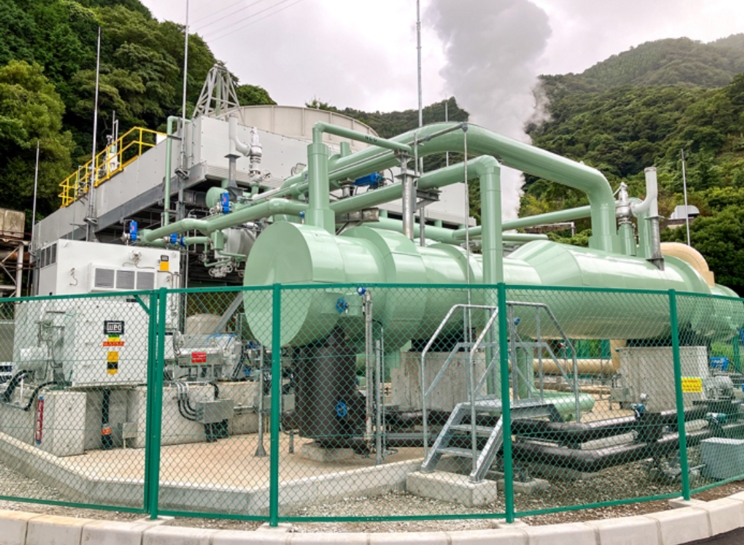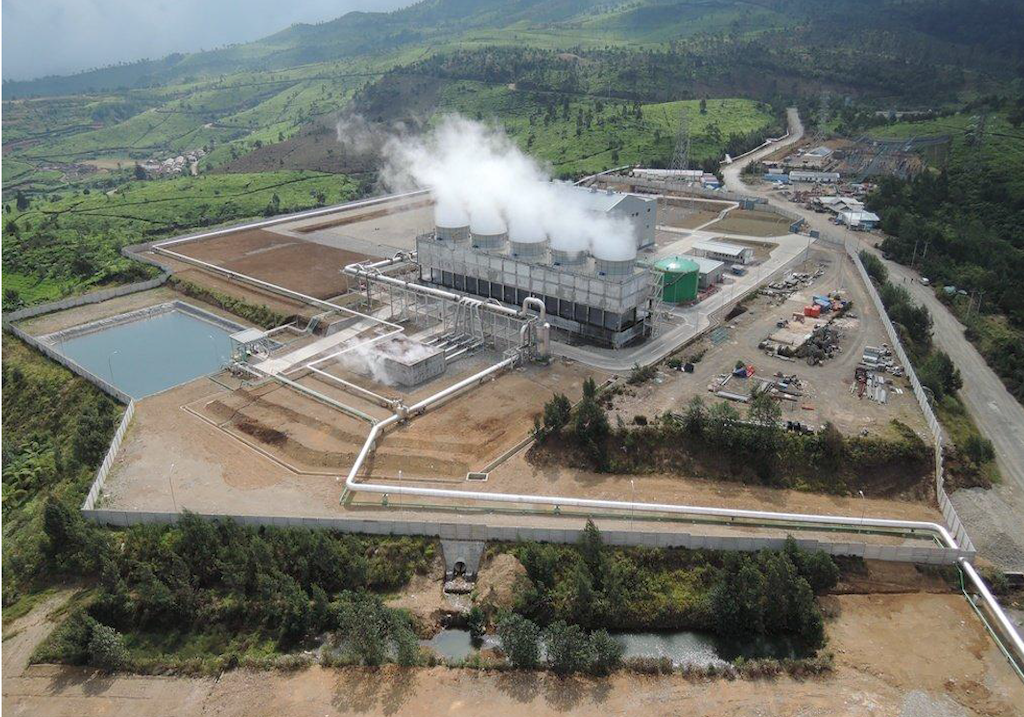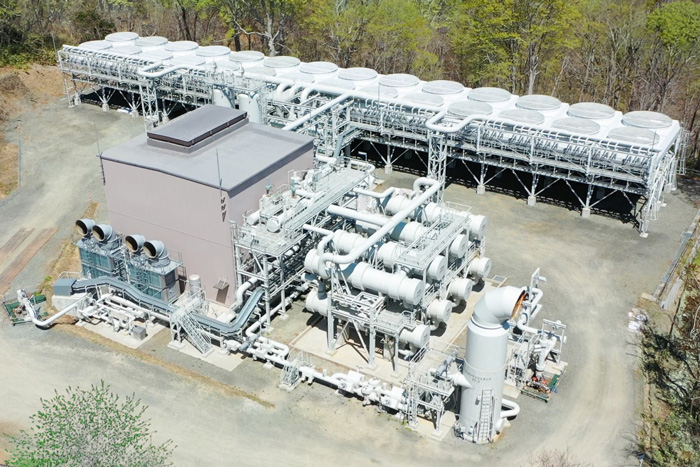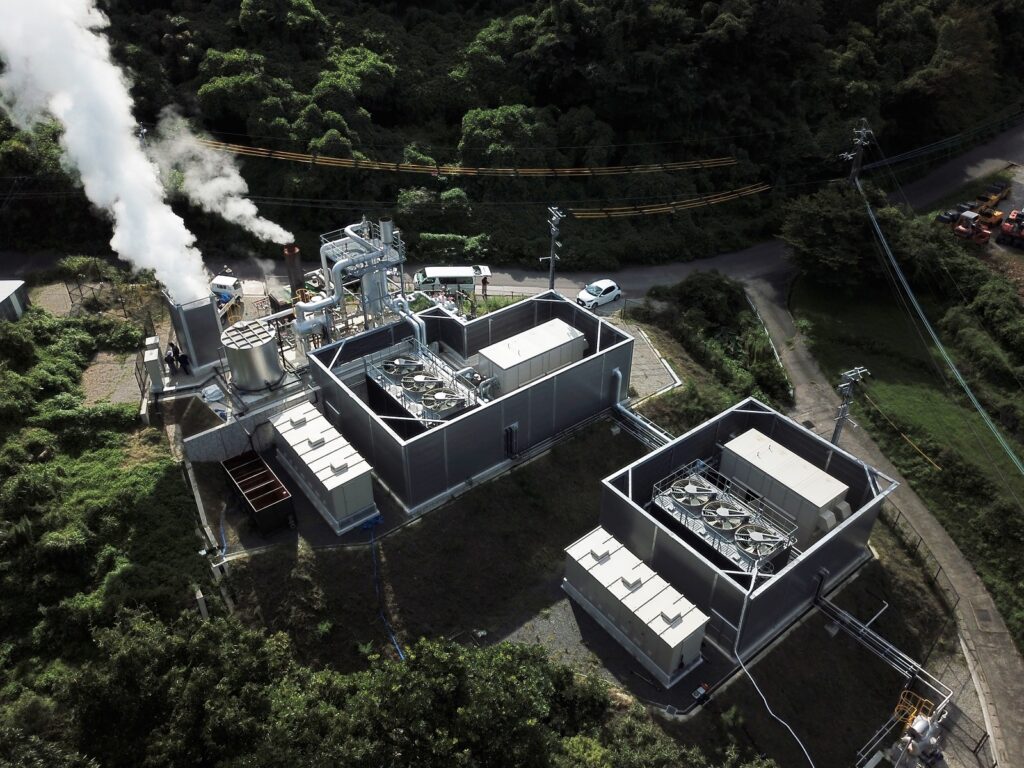 Azerbaijan possesses a huge potential for improving building energy efficiency, head of the Department of Power and Thermal Energy of the Ministry of Energy of Azerbaijan Alasgar Hasanov told Trend.
Azerbaijan possesses a huge potential for improving building energy efficiency, head of the Department of Power and Thermal Energy of the Ministry of Energy of Azerbaijan Alasgar Hasanov told Trend.He noted that buildings account for the largest portion of energy consumption, approximately 40 percent.
“This covers heating systems as well as non-residential buildings, including those in the commercial sector. Important stages in achieving energy-efficient buildings include their design, construction, and use of an energy-efficient architecture. Buildings have to fulfill energy efficiency criteria after construction. One important stage is decarbonization, which includes energy-saving initiatives.
There is substantial potential for improving the energy efficiency of buildings in Azerbaijan, particularly those built during the Soviet era, which have been in use for a long time. While some of these buildings are being demolished and replaced with new structures, many still offer significant opportunities for energy efficiency improvements. Numerous energy efficiency standards have been developed and are continuously updated and adapted to meet modern requirements,” he said.
He mentioned that a new law on the efficient use of energy resources and energy efficiency was recently adopted, which includes plans for the passportization of buildings.
"To carry out these ideas, a number of laws are being drafted, including ones created by the architectural committee. Buildings that implement these improvements will be accredited for their increased energy efficiency.
It is important to adhere to energy-efficient standards in the design and construction of buildings and to select energy-efficient building materials. For instance, using materials like glass bottles and other energy-efficient options contributes to overall energy efficiency. Additionally, the construction of private houses and buildings should also aim to enhance energy efficiency. Key factors include the orientation of the building, the effect of wind, the use of sunlight and natural light, the choice of materials, and the proper use of the building to achieve decarbonization," he added.







